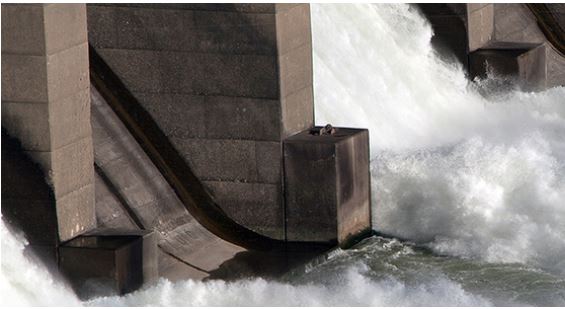The full text of this publication is also available on the Institute’s website at:
https://www.cdhowe.org/public-policy-research/dammed-if-you-do-how-sunk-costs-are-dragging-canadian-electricity-ratepayers-underwater
THE STUDY IN BRIEF
The push towards renewable energy sources has prompted major investments in mega-projects to generate hydroelectricity. However, government decisions to make such large investments in generating capacity must be scrutinized for economic soundness – particularly relative to the costs of alternatives for producing this power. Canada has several large hydroelectricity projects presently under construction including three that are the subject of this paper: Site C on the Peace River in northern British Columbia, Keeyask on the Nelson River in Manitoba, and Muskrat Falls on the Churchill River in Labrador. Each of these projects represents a multi-billion dollar upfront investment by public entities in long-lived generation capacity.
This study examines the cost-effectiveness of these hydro projects by comparing the costs of equivalent generation from carbon cost adjusted combined cycle natural gas turbines (CCGT). The analysis demonstrates that the levelized costs from the Site C and Keeyask projects may exceed the costs of alternative CCGT generation. The study notes that risks of building large generation capacity in anticipation of uncertain future demand for electricity and contends that, relative to large hydro projects, the roll-out of CCGT generation can be more flexibly timed (and paired with environmental initiatives) to meet demand as it materializes.
Even building-in the likely costs of cancellation, the author concludes that present economics would favour cancelling Site C and Keeyask and replacing the respective capacity with equivalent dispatchable CCGT generation capacity. The study shows that replacing Site C or Keeyask with equivalent CCGT capacity is cost effective even when applying a lower discount rate.
While an emphasis on renewables generation has motivated these major hydroelectric projects, the analysis shows that Site C exceeds the levelized cost of a CCGT alternative that faces a $50/tonne carbon price. Moreover, drawing from results in recent renewable energy procurement, the study observes that wind generation can provide a much lower levelized cost of zero-emission electricity than such large-scale hydro projects.
This study concludes by recommending that provinces re-examine the economics of these projects and consider cancelling projects which have more cost effective alternatives. To avoid uneconomic projects in the future, the report also recommends strengthening institutional independence – in particular, by ensuring independent regulatory review for mega-projects and leveraging greater private-sector discipline for the design and delivery of major electricity projects.
